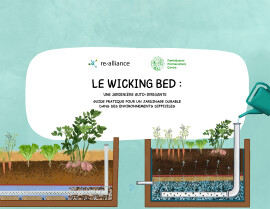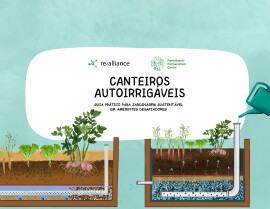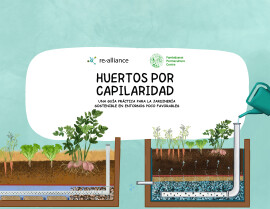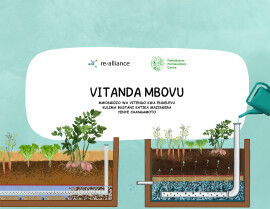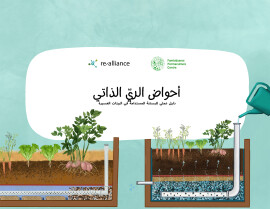
Traditional Cheesemaking
An introduction
There are many remote areas scattered throughout the world where dairy farming is a well-established occupation. Large quantities of highgrade milk can be produced in such areas but the local market cannot always absorb them, especially during peak periods. Converting milk to cheese is one method of dealing with the surplus. Cheesemaking provides an incentive for improving dairying as well as creating new jobs. It also improves the local diet and raises the standard of living generally, through a better understanding of hygiene, scientific techniques and community spirit.
Using traditional cheesemaking methods, this book gives an idea of the opportunities that cheesemaking offers as a source of rural employment, and of the problems that will be encountered by anyone planning to start such a business.
Published: 1989
Pages: 84
eBook: 9781780444413
Paperback: 9780946688432
Using traditional cheesemaking methods, this book gives an idea of the opportunities that cheesemaking offers as a source of rural employment, and of the problems that will be encountered by anyone planning to start such a business.
| Contents | |||
|---|---|---|---|
| Illustrations | |||
| Preface | |||
| Introduction | |||
| Why make cheese? Basic cheesemaking principles | |||
| Part I | |||
| Bacteria | |||
| Factors affecting the survival of bacteria; | |||
| bacteria in cheese | |||
| Part I1 | |||
| From milk to cheese | |||
| Chapter 1: Milk | |||
| Milk production; reception; analysis; pasteurization; | |||
| cultures; coagulation | |||
| Chapter 2: Curd | |||
| Cutting; stirring; removal of whey; washing and salting; | |||
| moulding and pressing; weighing; brining | |||
| Chapter 3: Cheese | |||
| Maturation; Provolone; preserving and record | |||
| keeping; common problems and their causes | |||
| Part III | |||
| Beyond cheesemaking | |||
| Chapter 1: Other foods from milk | |||
| Whey; Ricotta, cream; butter; yoghurt | |||
| Chapter 2: The rural cheese factory 63 | |||
| Location; construction; equipment; production costs; key points | |||
| Appendices | |||
| 1. Cheese formulae | |||
| 2. Types of dairy cultures |
Josef Dubach
Now deceased, Josef Dubach was a Swiss cheese-maker and was sent by the Swiss Development Corporation to poorer countries to teach them the art of cheese-making. The aim was to help raise standards of living in the same way that cheese had done in the Swiss valleys.
Bill Hogan Bill Hogan was taught cheese making skills by the late Josef Dubach in Costa Rica

